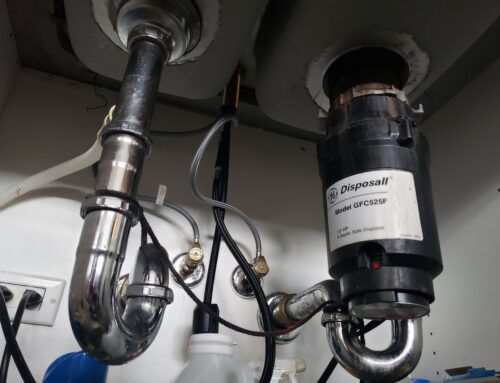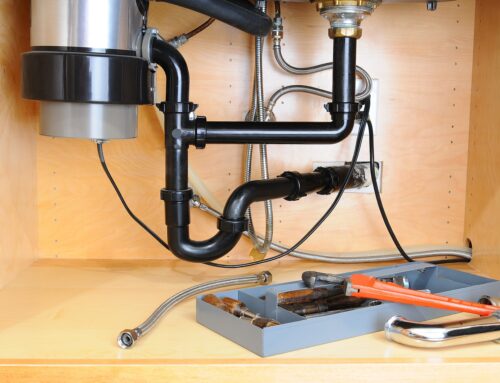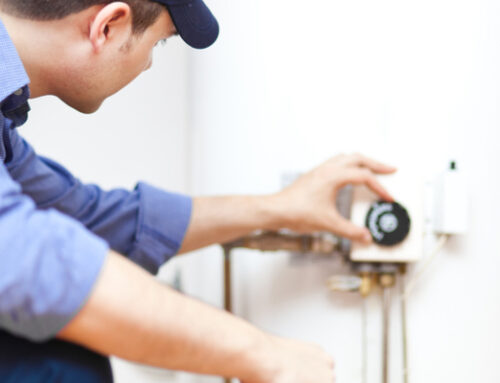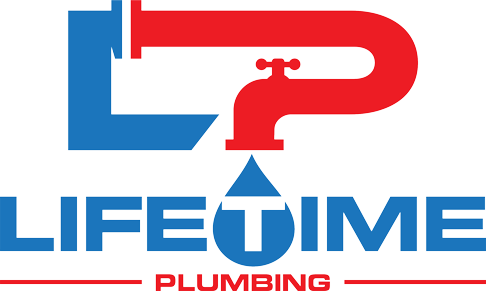Table of Contents
- 1 Water Heater Parts Diagram: A Comprehensive Guide
- 2 Common Water Heater Parts
- 3 Gas Water Heater Parts
- 4 Thermostat
- 5 Electric Water Heater Parts
- 6 Tankless Water Heater Parts
- 7 Identifying and Sourcing Water Heater Parts
- 8 Importance of Using High-Quality Water Heater Parts
- 9 Maintaining Efficiency and Longevity Through Proper Parts Usage
- 10 Conclusion
Water Heater Parts Diagram: A Comprehensive Guide
This article will explore the world of water heater parts, discussing their functions and emphasizing their crucial role in maintaining optimal system performance. Understanding these components is vital for anyone looking to ensure the longevity and efficiency of their water heater. Investing in high-quality parts is a key aspect that will be emphasized throughout this exploration, as it directly impacts the reliability and functionality of the entire system.
Water heaters are essential appliances in both residential and commercial settings, providing hot water for various purposes. These systems have different types such as gas, electric, and tankless models, each with its unique set of parts and mechanisms.
Common Water Heater Parts
When it comes to water heaters, there are several components that are common across all types of systems. Understanding these parts and their functions is crucial for proper maintenance and efficient operation. Here are some key parts found in most water heater systems:
Isolation Valves
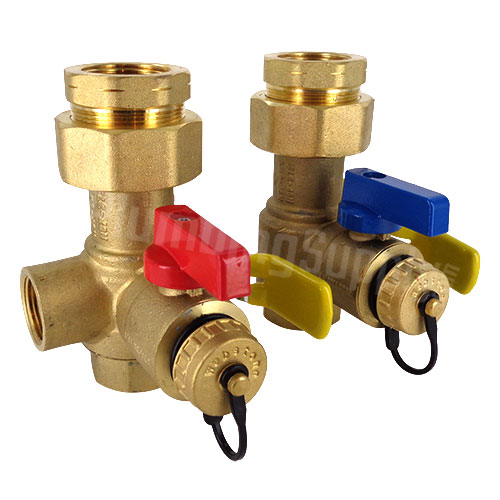
Isolation valves are essential for controlling the flow of water into and out of the water heater. These valves allow you to shut off the water supply to the heater in order to perform water heater maintenance or repairs, preventing the need to shut off water to the entire building.
Runoff Tubes
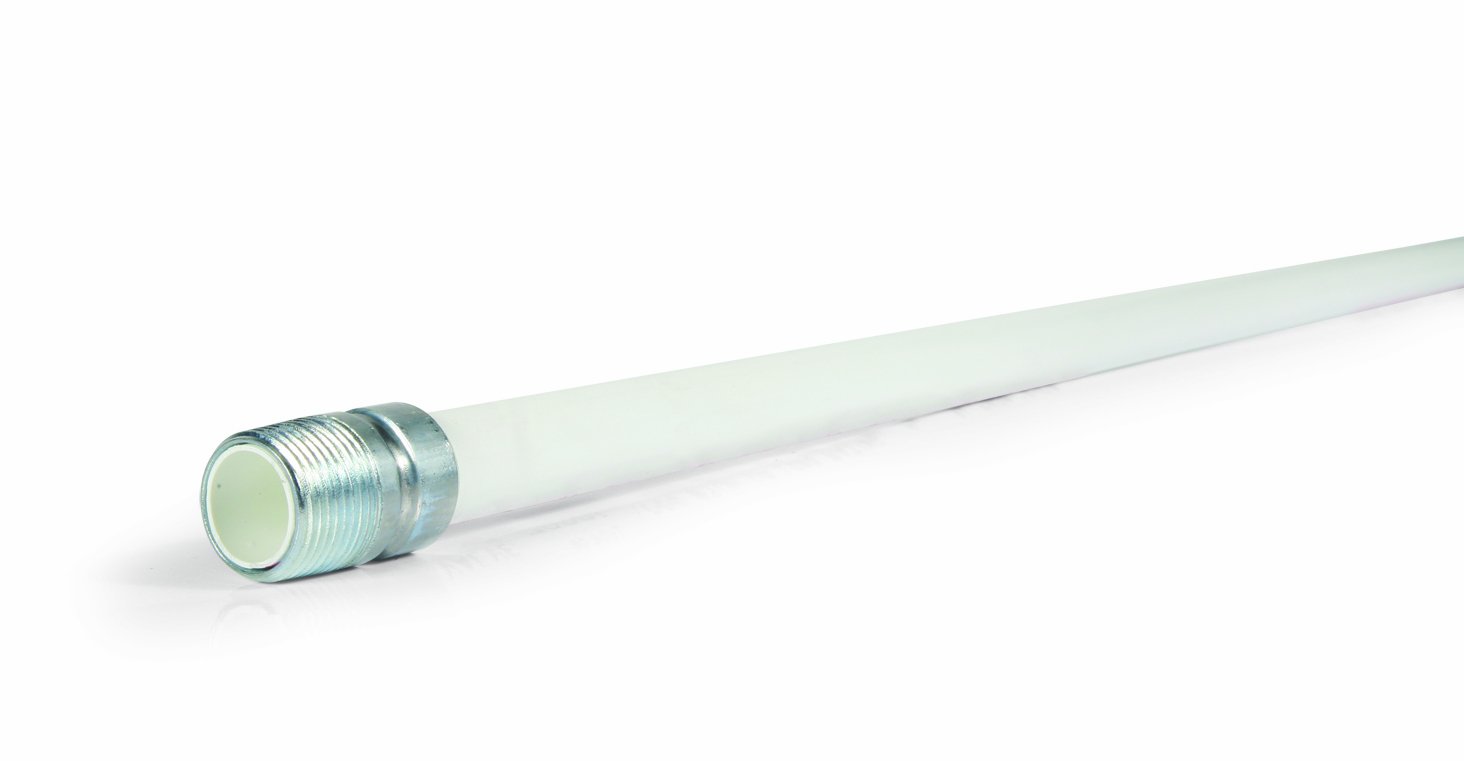
Runoff tubes play a critical role in directing excess water away from the water heater. In the event of a pressure release or temperature and pressure (T&P) valve activation, these tubes ensure that any discharged water is safely directed to a suitable location, preventing potential damage or flooding.
Tune-Up Kits
Regular maintenance is key to ensuring optimal performance and longevity of your water heater. Tune-up kits typically include essential components such as replacement elements, gaskets, and other parts that may require periodic inspection or replacement. By performing routine tune-ups, you can identify and address potential issues before they escalate, ultimately extending the life of your water heater.
Understanding the purpose and importance of these common water heater parts is fundamental for any homeowner or facility manager. By prioritizing regular maintenance and investing in high-quality parts, you can ensure that your water heater operates efficiently and reliably for years to come.
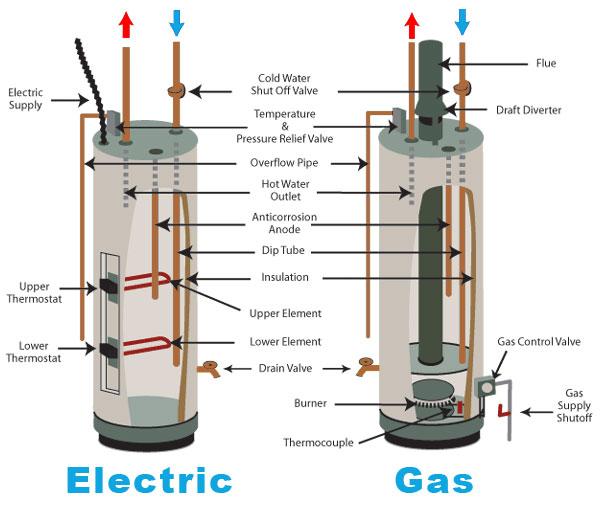
Gas Water Heater Parts
Gas water heaters have specific parts that are crucial for them to work well. One of these important components is the anode rod, which is responsible for preventing corrosion inside the tank.
Anode Rod
The anode rod is a long metal rod usually made of aluminum, magnesium, or zinc. It’s inserted into the water heater tank to protect it from corrosion. Here’s how it works:
- The anode rod attracts corrosive elements in the water, like minerals and impurities.
- By doing so, it stops these elements from attacking the tank’s lining.
- This sacrificial process helps the water heater last longer by stopping rust and corrosion, and keeping the tank strong.
Function: Protecting the Water Heater Tank
The main job of the anode rod is to keep the inside of the water heater tank from getting damaged due to chemical reactions. It does this by sacrificing itself and slowly corroding over time, instead of letting the tank corrode.
Importance: Checking and Replacing the Anode Rod
Regularly checking and maintaining the anode rod is very important to make sure it keeps doing its job well in protecting the water heater. As part of regular maintenance:
- Check the condition of the anode rod.
- Replace it if it’s significantly corroded.
Not taking care of this important part can lead to faster corrosion inside the tank, which may cause leaks and early failure of the water heater.
Gas water heaters also need other parts to work properly:
- The thermostat controls how hot the water gets by setting the temperature.
- The T&P relief valve makes sure there’s no excess pressure or temperature in the system.
- Other parts like heat exchangers, flue baffles, and draft hoods all help with efficient and safe operation.
Understanding what each part does in a gas water heater helps homeowners notice possible problems early on and take steps to prevent them. This way, they can keep their system working well for longer.
By choosing good-quality parts and doing regular maintenance, homeowners can make sure their gas water heaters perform well and last a long time.
T&P Relief Valve
The T&P (temperature and pressure) relief valve is a critical part of gas water heaters. It serves an important purpose in ensuring that your gas water heater operates safely and effectively:
Pressure Regulation
The T&P relief valve helps prevent excessive pressure buildup within the water heater tank, which can lead to catastrophic failures or even explosions.
Temperature Control
It also safeguards against overheating by releasing water if it surpasses the set temperature, preventing potential damage or hazardous conditions.
Safety Assurance
By providing a safety mechanism, the T&P relief valve protects both the water heater and the surrounding environment from potential dangers associated with extreme pressure and temperature.
Ensuring that the T&P relief valve is in good working condition is vital for the overall safety and longevity of your gas water heater system. Regular inspections and maintenance of this component are essential to guarantee its effectiveness when needed most.
Thermostat
A gas water heater relies on several key parts to function efficiently, and one of the most important parts is the thermostat. The thermostat plays a crucial role in controlling the desired water temperature in your gas water heater.
Here are some key points about the thermostat in gas water heaters:
- The thermostat monitors and regulates the temperature of the water inside the tank. It senses the current temperature and signals the gas valve to adjust the burner’s flame accordingly.
- Gas water heaters usually have a dial on the outside that allows you to set the desired temperature. Once set, the thermostat works to maintain that temperature consistently.
- The thermostat has a sensor probe that detects changes in temperature. When the water cools down below the set temperature, it triggers the gas valve to open, allowing gas to flow to the burner. As a result, the burner ignites and heats up the water until it reaches the desired temperature again.
- Some models may have multiple thermostats in different areas of the tank to ensure accurate temperature control throughout.
- If your thermostat is not functioning properly, it can lead to issues such as inconsistent temperatures or overheating. Regular maintenance and testing can help identify any potential problems early on.
Having a reliable and properly functioning thermostat is essential for maintaining optimal performance and energy efficiency in your gas water heater. If you notice any issues with your thermostat or suspect it may be faulty, it’s recommended to consult a professional plumber or technician who can diagnose and repair or replace it if necessary.
Investing in high-quality thermostats for your gas water heater will ensure its longevity and efficient operation for years to come.
Other Components
Gas water heaters have several additional components that play important roles in their operation. These components work together to ensure the efficient and safe functioning of the water heater. Here are some other key parts found in gas water heaters:
- Heat Exchanger: The heat exchanger is responsible for transferring heat from the burner to the water. It is a vital component that ensures efficient heating of the water and prevents any leakage of combustion gases into the water supply.
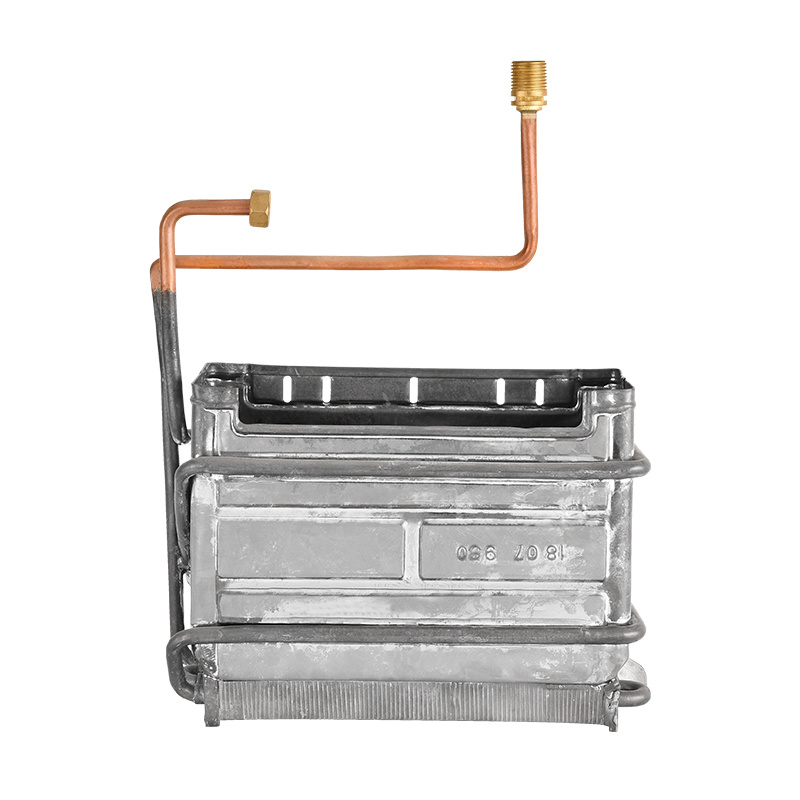
- Flue Baffle: The flue baffle is located at the top of the water heater tank and helps direct the flow of exhaust gases out of the system. It ensures proper ventilation and prevents backdrafting, which can lead to carbon monoxide buildup.
- Draft Hood: The draft hood is connected to the flue pipe and acts as a safety device. It helps regulate air intake and maintains proper combustion by preventing downdrafts and backdrafts. This component is crucial for ensuring safe operation and efficient combustion within the system.
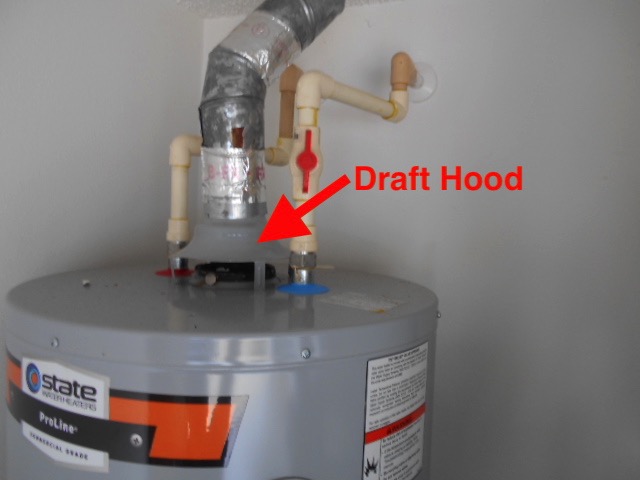
These water heater parts work in conjunction with the thermostat, anode rod, and T&P relief valve to provide optimal performance and safety in a gas water heater. Understanding these parts can help homeowners identify potential issues with their gas water heaters and ensure they are properly maintained.
By having a basic knowledge of these water heater parts, homeowners can troubleshoot common problems, perform routine maintenance, and make informed decisions when it comes to repairs or replacements. Regular inspection and maintenance of these parts will not only extend the lifespan of your gas water heater but also help prevent costly repairs or dangerous malfunctions.
Electric Water Heater Parts
The thermostat in an electric water heater plays a crucial role in regulating the temperature of the water. It is responsible for monitoring the water temperature inside the tank and activating the heating elements when necessary to maintain the desired level of warmth. Once the water temperature drops below the set threshold, the thermostat signals the heating elements to start warming the water again.
The functionality of the thermostat is pivotal in ensuring that your electric water heater delivers hot water consistently and efficiently. By accurately controlling the temperature, it helps prevent excessive energy consumption and potential overheating of the water, thereby contributing to both cost savings and safety.
Types of Thermostats
To further elaborate on this topic, it’s essential to understand that there are different types of thermostats used in electric water heaters:
- Single Thermostat: Found in basic electric water heaters, this type of thermostat allows you to set a single temperature for all the water in the tank.
- Dual Thermostat: Commonly utilized in dual-element electric water heaters, this type of thermostat enables separate temperature settings for the upper and lower heating elements. This feature allows for more precise control over the hot water production, particularly when there is varying demand at different times of the day.
Importance of Thermostat Maintenance
Understanding how to effectively adjust and maintain your electric water heater’s thermostat can significantly impact its overall performance and energy efficiency. Therefore, being knowledgeable about this water heater part can help you make informed decisions regarding its upkeep and any necessary adjustments.
In addition, malfunctioning thermostats can lead to issues such as inadequate hot water supply or excessively high temperatures, posing potential safety hazards. Regular inspection and potential replacement of faulty thermostats are essential steps in ensuring that your electric water heater continues to function optimally.
Benefits of Proper Thermostat Usage
Recognizing the significance of the thermostat within your electric water heater is key to maintaining a reliable supply of hot water while also managing energy consumption effectively. Keeping this component in optimal condition through periodic checks and prompt repairs when needed contributes to the longevity and efficient operation of your electric water heater.
This detailed understanding of thermostats will enable you to make informed decisions about their maintenance and replacement when necessary, ultimately ensuring consistent performance from your electric water heater.
Heating Elements
Electric water heaters have special parts that help them heat water efficiently for different household uses. The two main components responsible for heating in electric water heaters are the screw elements and wrench elements.
Overview of Screw Elements and Wrench Elements
- Screw Elements: These are rod-shaped heating elements that are screwed into the side of the water heater tank. They are made of high-resistance materials that generate heat when an electric current passes through them. The heat produced by the screw elements warms the water stored in the tank, allowing it to reach the desired temperature for usage.
- Wrench Elements: Similar to screw elements, wrench elements also play a crucial role in heating the water within an electric water heater. However, instead of being screwed into the tank, wrench elements are inserted into a designated opening at the top or bottom of the tank and secured with a fitting. This design allows for easy installation and replacement when necessary.
These heating elements work together with the thermostat to make sure that the water is always heated to the set temperature, giving a steady supply of hot water for household needs.
Knowing how these important heating parts function can help homeowners properly care for and fix issues with their electric water heaters when necessary.
Tankless Water Heater Parts
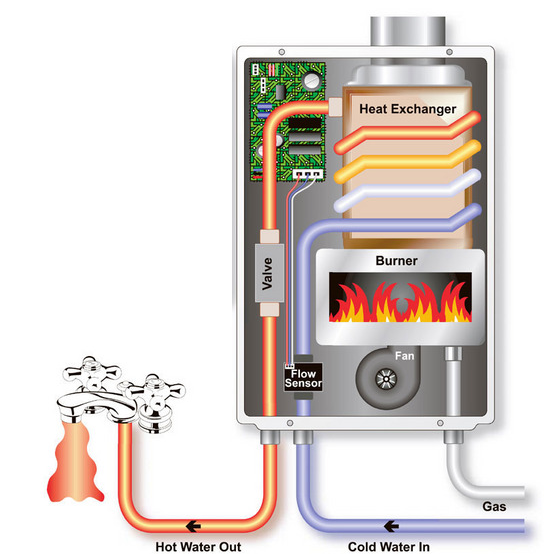
Tankless water heaters are a popular choice for many homeowners due to their energy efficiency and compact design. These innovative systems heat water on-demand, eliminating the need for a storage tank. To ensure the proper functioning and safety of tankless water heaters, several essential parts are involved, including venting system components.
Venting System
One crucial component of a tankless water heater is the venting system. This system plays a vital role in ensuring the proper exhaust of combustion gases produced during the heating process. Here’s an explanation of how the venting system works:
- The venting system consists of pipes and fittings that provide a pathway for the exhaust gases to escape safely.
- The size and configuration of the venting system depend on the type and capacity of the tankless water heater.
- Vent pipes are typically made from stainless steel or PVC materials, chosen for their durability and resistance to corrosion.
- Horizontal or vertical venting options are available, depending on the installation requirements and space constraints.
The primary purpose of the venting system is to remove harmful combustion byproducts, such as carbon monoxide, from your home. It is essential to follow local building codes and manufacturer guidelines when installing and maintaining the venting system to ensure safe operation.
Other Water Heater Parts
In addition to the venting system, there are other critical parts involved in the operation of tankless water heaters:
- Thermocouples: These devices monitor the pilot light flame in gas-powered tankless water heaters. If there’s no flame present, the thermocouple signals the gas valve to shut off, preventing gas leaks.
- Igniters: Electric tankless water heaters utilize igniters to spark the gas and initiate combustion. They play a crucial role in starting the heating process efficiently.
Proper maintenance and periodic inspection of these parts are essential to ensure the safe and efficient operation of your tankless water heater. Regularly cleaning or replacing the venting system, thermocouples, and igniters can help prevent malfunctions and extend the lifespan of your tankless water heater.
Identifying and Sourcing Water Heater Parts
Water heater parts are essential for the proper functioning and maintenance of your water heater system. Here are some tips on how to identify and source these crucial parts:
Identifying Water Heater Parts
When it comes to maintenance and repair, being able to identify the different types of water heater parts is crucial. Familiarize yourself with the specific parts in your gas, electric, or tankless water heater system. Consult your water heater manual or do some online research to understand the key components and their functions.
Gas Water Heater Parts
For gas water heaters, common parts include:
- Anode rod
- T&P relief valve
- Thermostat
- Heat exchanger
- Flue baffle
- Draft hood
- And more
Electric Water Heater Parts
Electric water heaters feature components such as:
- Thermostats
- Heating elements (screw elements and wrench elements)
- Dielectric nipples
- Expansion tanks
- Other electrical elements
Tankless Water Heater Parts
Tankless water heaters have unique parts like:
- Venting systems
- Thermocouples
- Igniters
- Other specialized components designed for their efficient operation
Sourcing Water Heater Parts
When it comes to purchasing water heater parts, consider the following options:
a. Local Hardware Stores or Plumbing Supply Shops
These establishments often carry a range of standard water heater parts, such as those listed in this comprehensive guide, and can provide valuable guidance on selecting the right components for your system.
b. Reliable Online Retailers
Look for reputable online retailers that offer a wide selection of water heater parts at competitive prices. Online platforms can be particularly advantageous when seeking less common or specialized components for your specific type of water heater.
By identifying the necessary parts and knowing where to source them, you’ll be well-equipped to maintain and repair your water heater effectively. Whether you visit a local store for immediate needs or explore online options for convenience and variety, investing in high-quality parts is essential for the longevity and efficiency of your water heater system.
Importance of Using High-Quality Water Heater Parts
One aspect that should never be compromised when it comes to water heater components is their quality. Investing in high-quality water heater parts is crucial for several reasons:
Safety
High-quality parts are manufactured to meet strict safety standards, ensuring that they can withstand the pressure, temperature, and other demands of the water heating system. Inferior or low-quality parts may fail under stress, leading to leaks, malfunctions, or even accidents.
Reliability
Water heaters are an essential part of our daily lives, providing hot water for various purposes. By using high-quality parts, you can minimize the risk of breakdowns or failures, ensuring a reliable supply of hot water when you need it most.
Efficiency
Quality water heater parts are designed to function optimally, maximizing the efficiency of your system. They can help reduce energy consumption, lower utility bills, and minimize heat loss. For example, high-quality heating elements in electric water heaters can heat water faster and maintain consistent temperatures.
Longevity
Investing in high-quality parts can extend the lifespan of your water heater. Quality components are durable and resistant to wear and tear, reducing the need for frequent replacements or repairs. This not only saves you money but also reduces inconvenience and downtime.
Compatibility
High-quality parts are designed to be compatible with specific models and brands of water heaters. They fit seamlessly into your system without causing any compatibility issues or compromising its overall performance.
Warranty Coverage
Many manufacturers offer warranties on their high-quality water heater parts. This provides you with peace of mind knowing that if any defects or issues arise during the warranty period, you can get a replacement or repair at no additional cost.
Remember, investing in high-quality water heater parts may initially cost more than opting for cheaper alternatives. However, the long-term benefits in terms of safety, reliability, efficiency, and longevity far outweigh the initial investment. It’s worth prioritizing the quality of your water heater parts to ensure optimal performance and peace of mind.
Maintaining Efficiency and Longevity Through Proper Parts Usage
Using the right parts and taking care of them can ensure that your water heater operates efficiently and lasts longer. Here are some maintenance tips:
- Regular Inspection: Perform regular inspections of your water heater to identify any signs of wear or damage. Look for leaks, corrosion, or sediment buildup in the tank. Inspecting your water heater at least once a year can help you catch any issues early on and prevent further damage.
- Flushing the Tank: Over time, sediment can accumulate at the bottom of the water heater tank, reducing its efficiency. Flushing the tank annually helps remove this sediment and improves the overall performance of your water heater. Follow the manufacturer’s instructions or consult a professional plumber for guidance on how to flush your specific type of water heater.
- Replacing Anode Rod: The anode rod is a sacrificial component that prevents corrosion within the water heater tank. Over time, it can become depleted and less effective. Regularly inspect and replace the anode rod to maintain the longevity of your water heater.
- Adjusting Temperature: Setting your water heater temperature too high not only wastes energy but also increases the risk of scalding accidents. Adjust the temperature to a safe and comfortable level to optimize energy efficiency.
- Insulating Pipes: Insulating hot water pipes can prevent heat loss during distribution, ensuring that hot water reaches its destination more efficiently. This simple step can help reduce energy consumption and improve overall performance.
- Professional Maintenance: Schedule regular maintenance with a professional plumber to ensure that all components are functioning properly. A trained technician can identify potential issues early on, perform necessary repairs, and provide expert advice on maintaining your specific type of water heater.
Conclusion
By following these maintenance tips and using high-quality water heater parts, you can keep your system running efficiently, saving energy and money in the long run. Remember, proper care and attention to your water heater will extend its lifespan and provide reliable hot water for your household.
Don’t compromise on the quality of your water heater parts. Contact Lifetime Plumbing for all your water heater part needs. Our team’s expertise and reliability ensure that you get the best components for your system.
More Posts You May Find Interesting
Table of Contents
- 1 Water Heater Parts Diagram: A Comprehensive Guide
- 2 Common Water Heater Parts
- 3 Gas Water Heater Parts
- 4 Thermostat
- 5 Electric Water Heater Parts
- 6 Tankless Water Heater Parts
- 7 Identifying and Sourcing Water Heater Parts
- 8 Importance of Using High-Quality Water Heater Parts
- 9 Maintaining Efficiency and Longevity Through Proper Parts Usage
- 10 Conclusion

